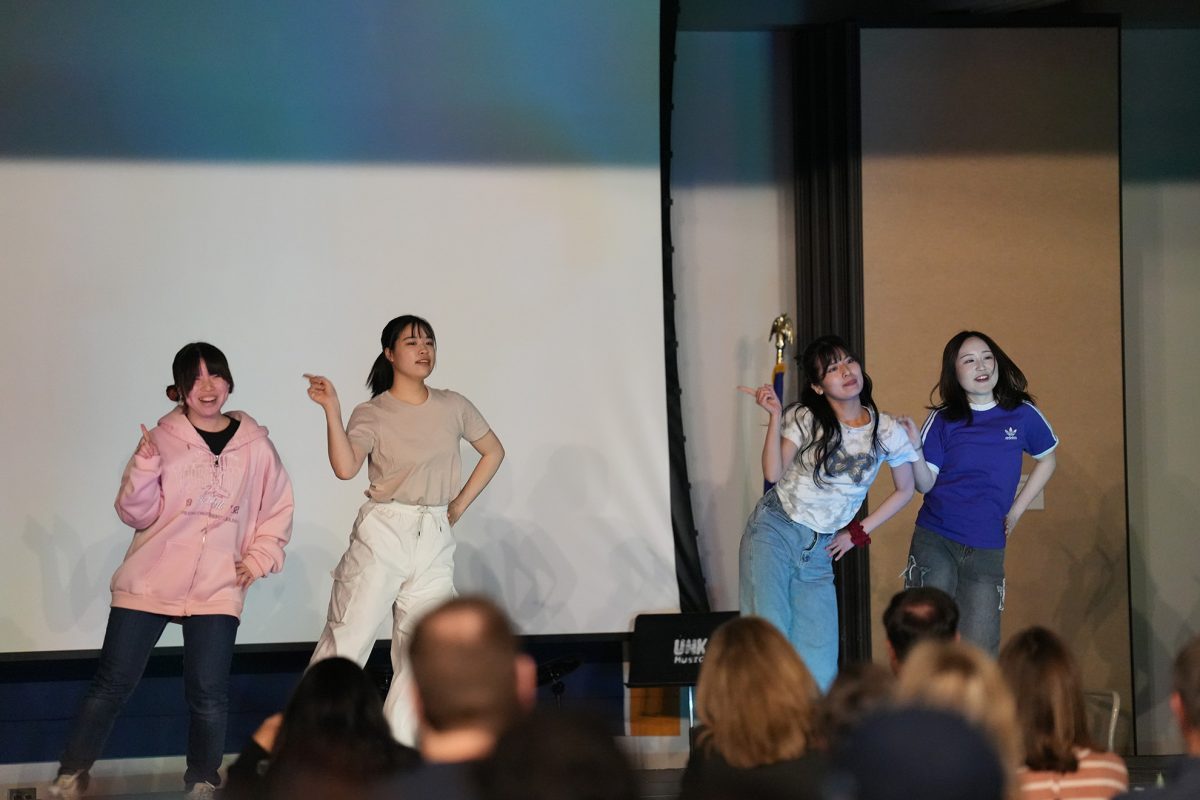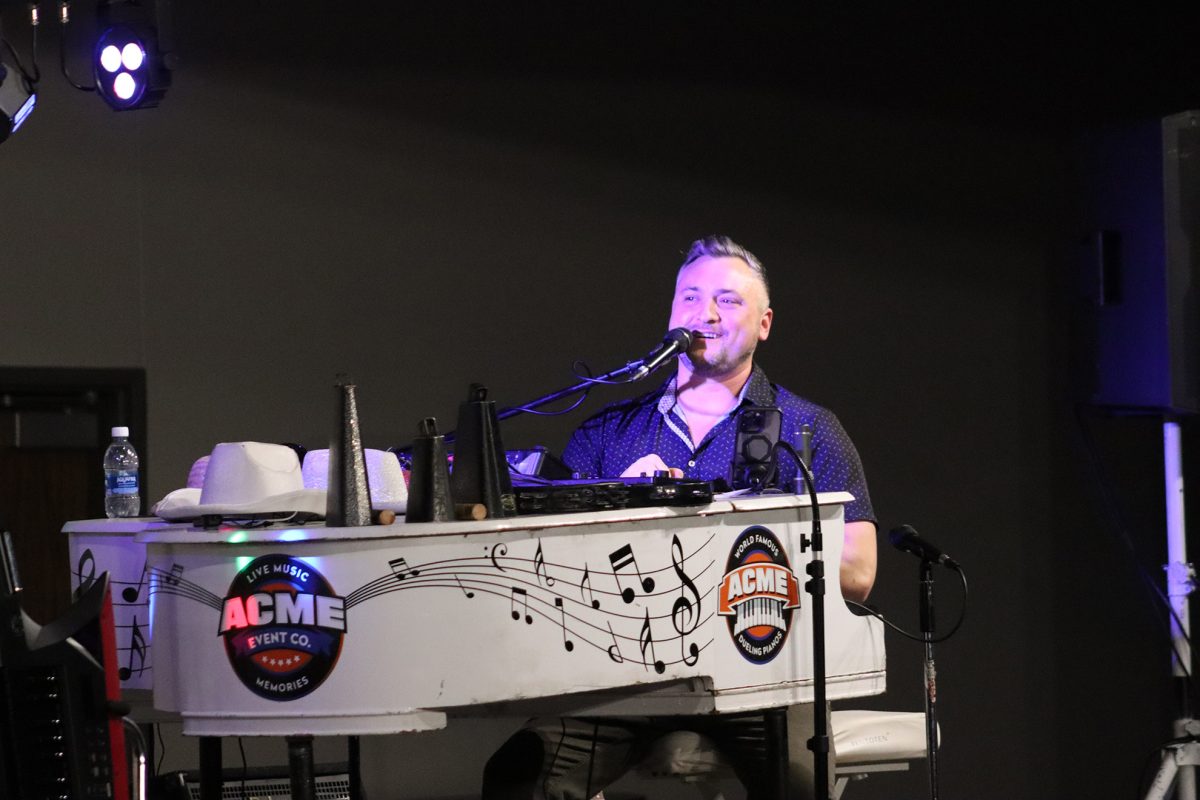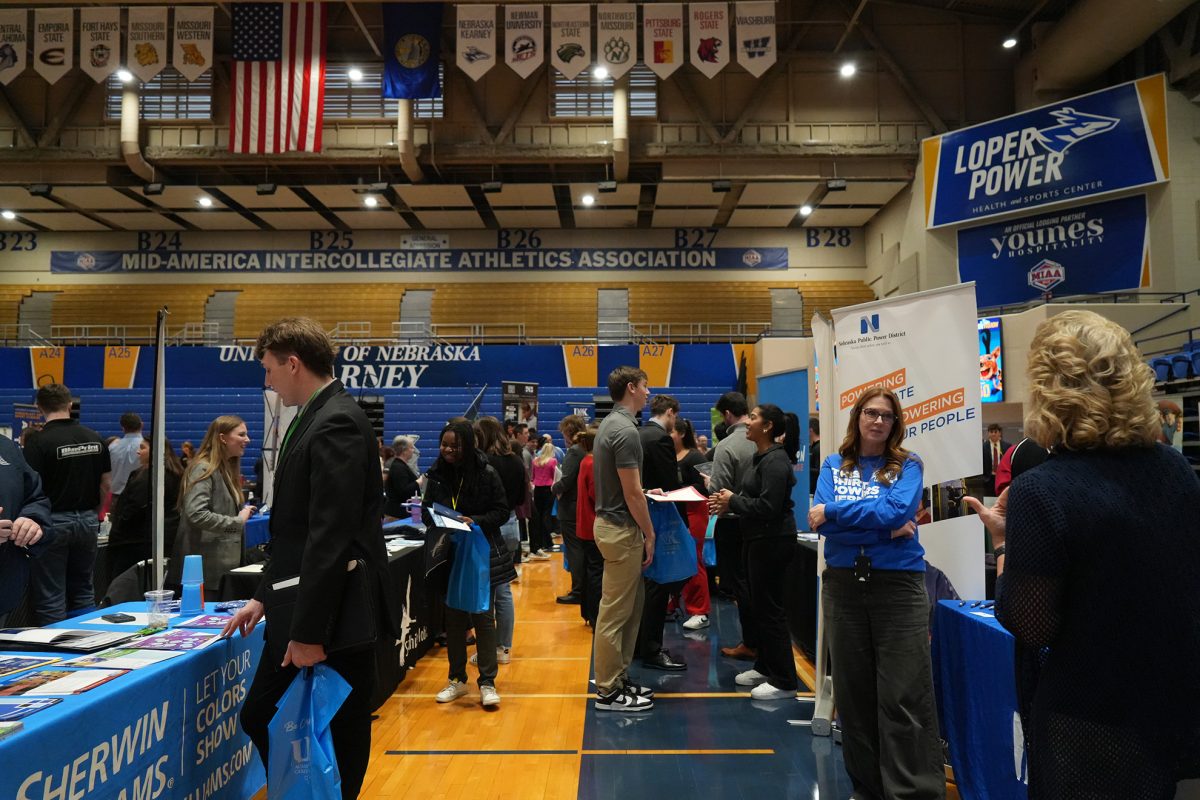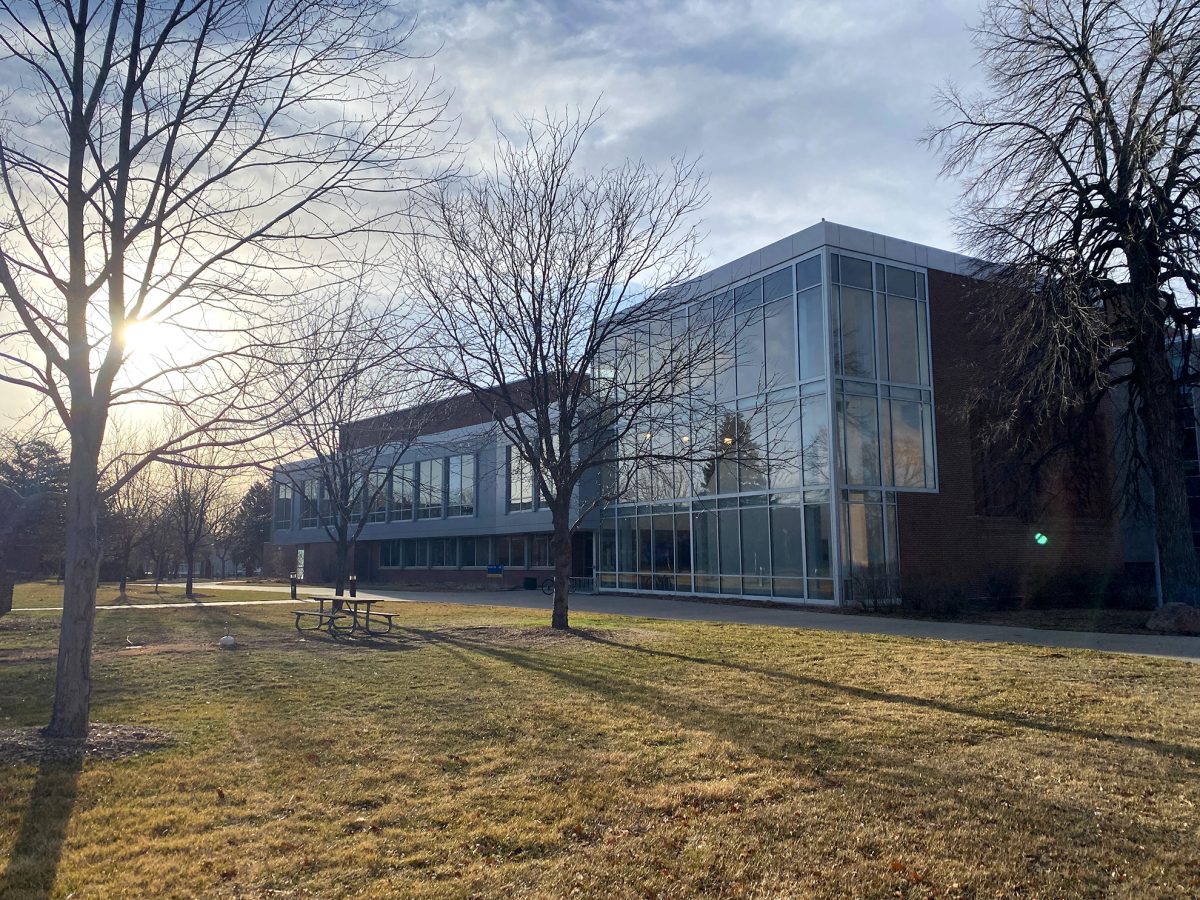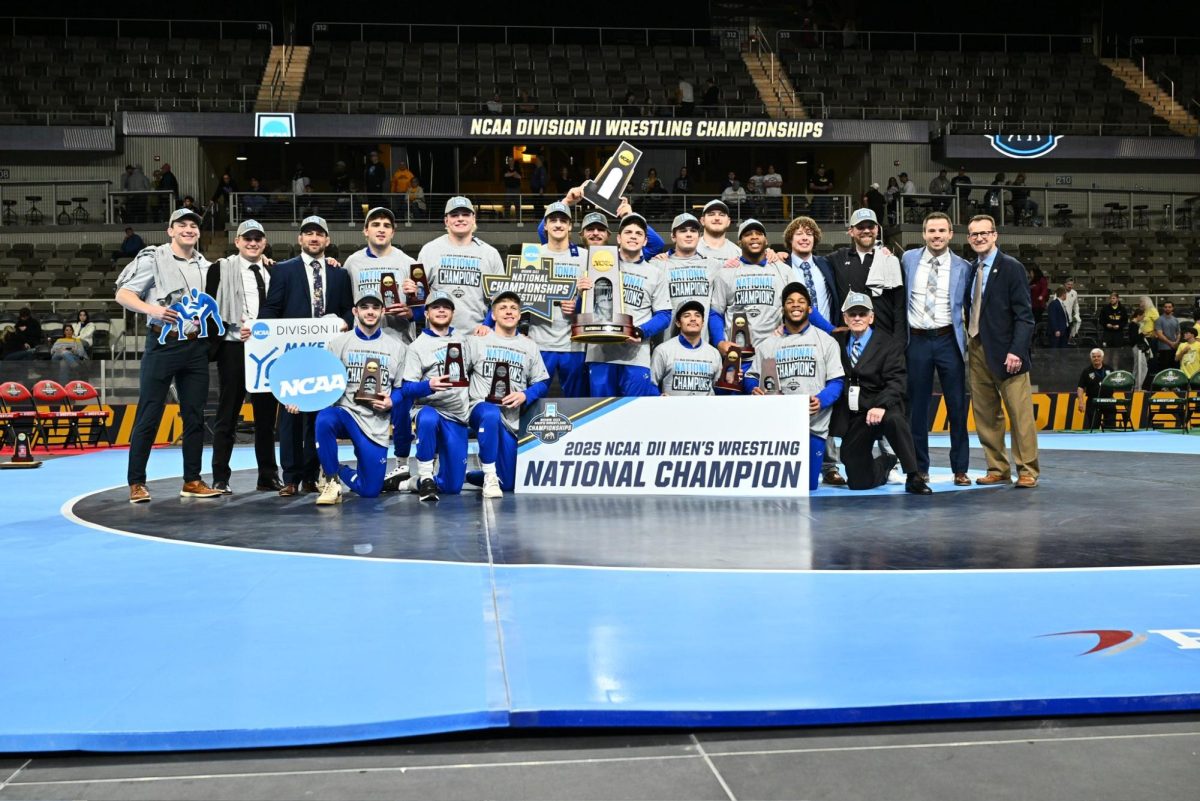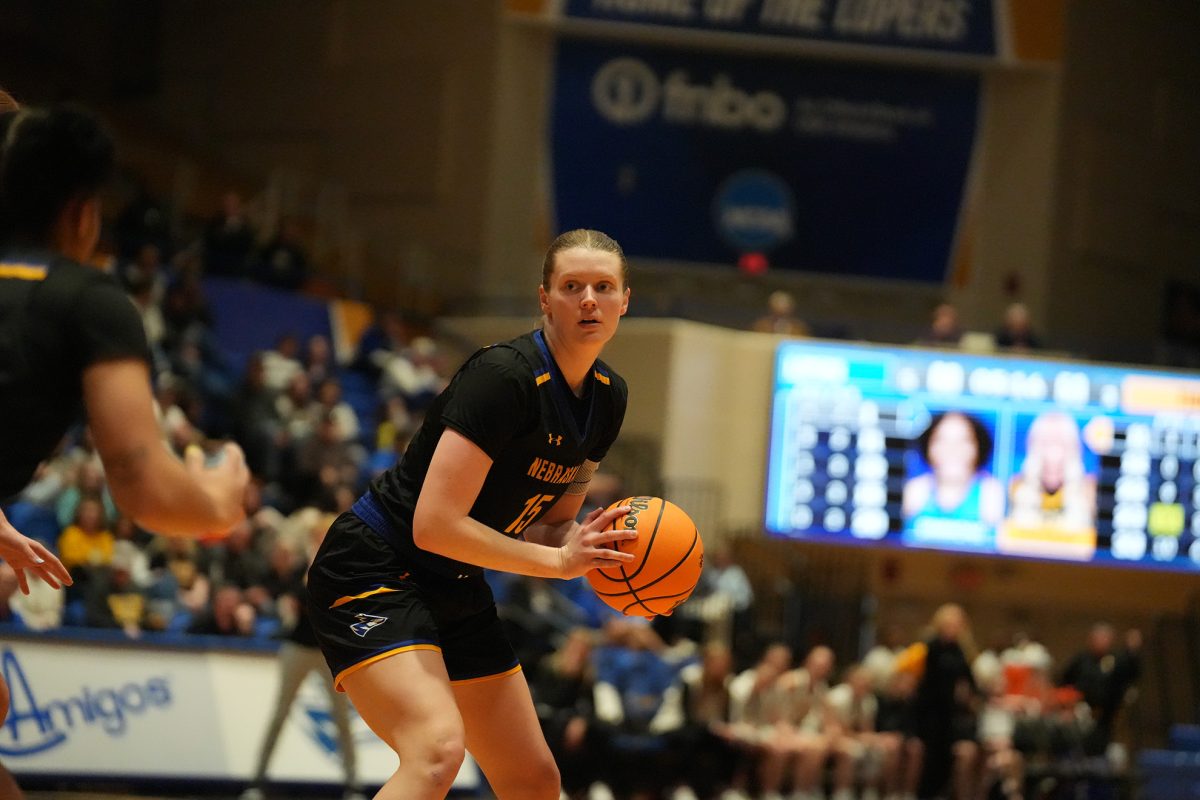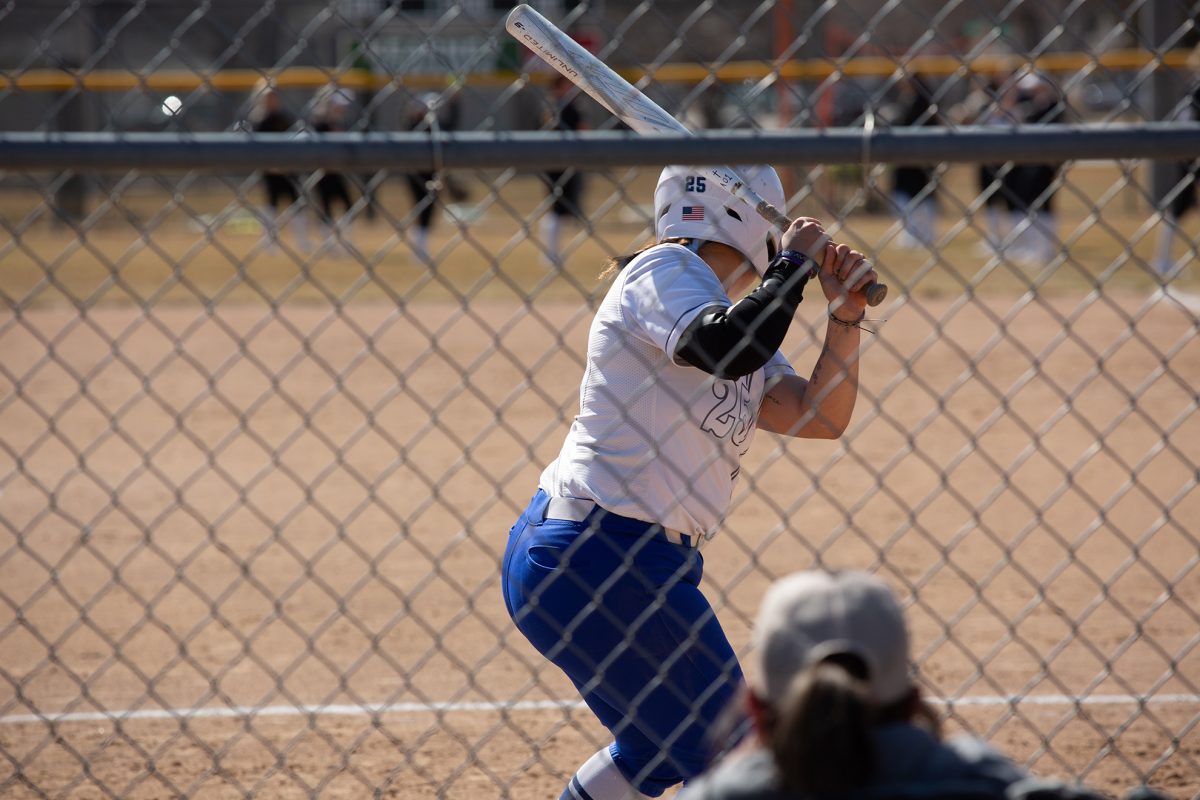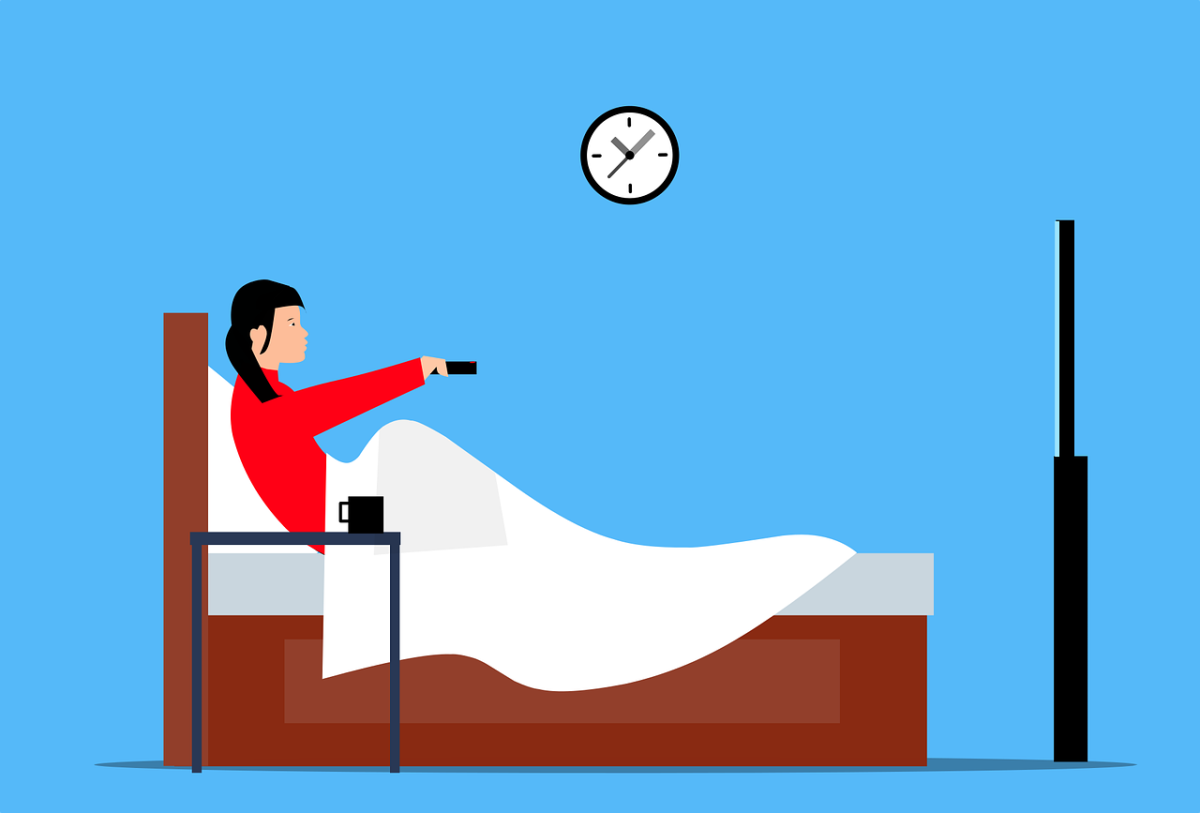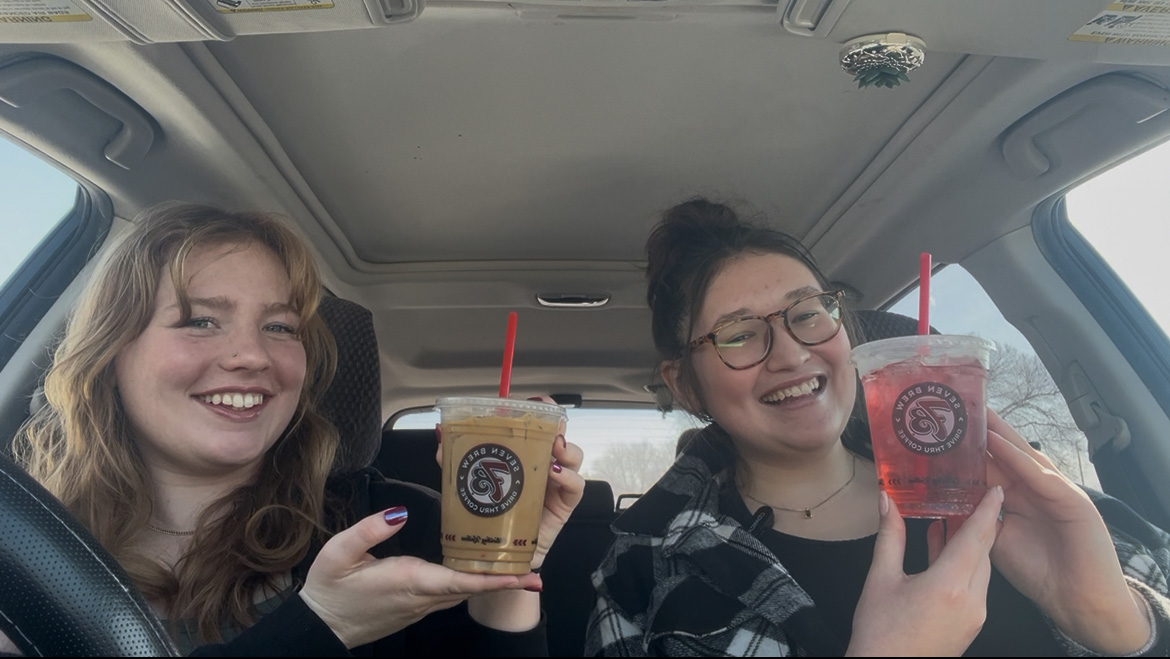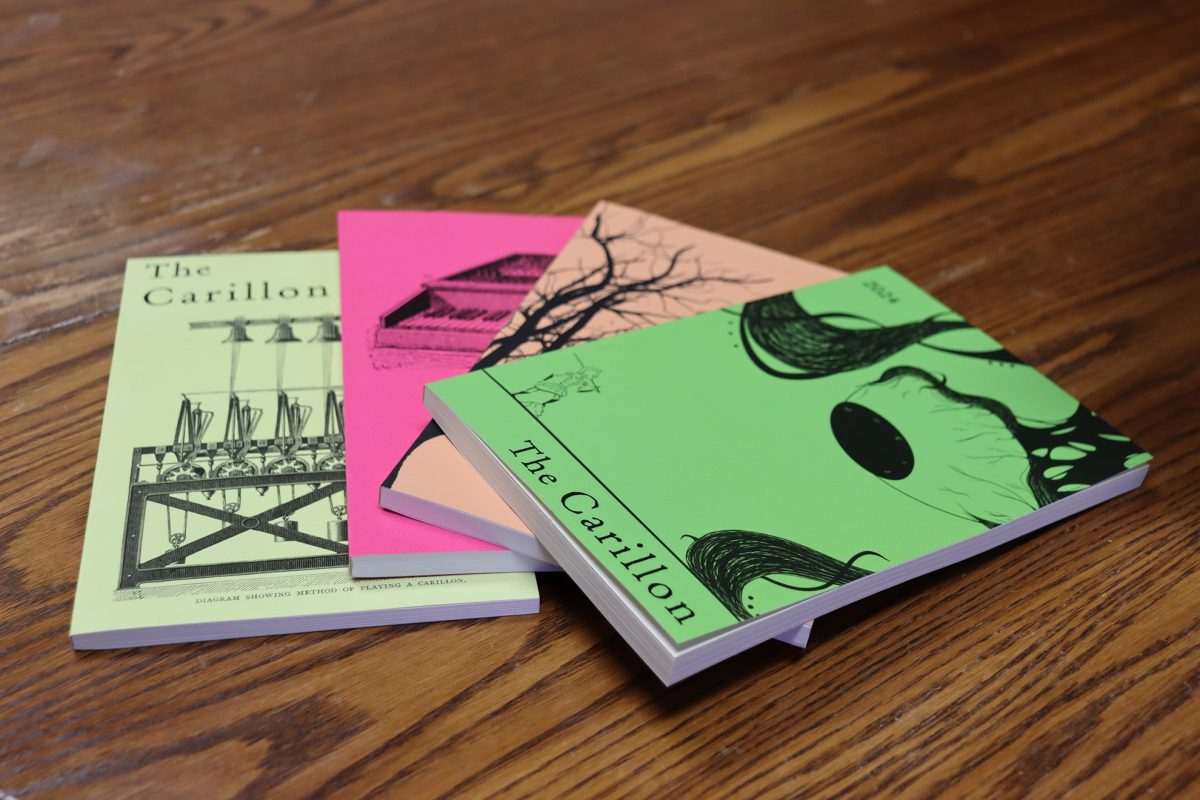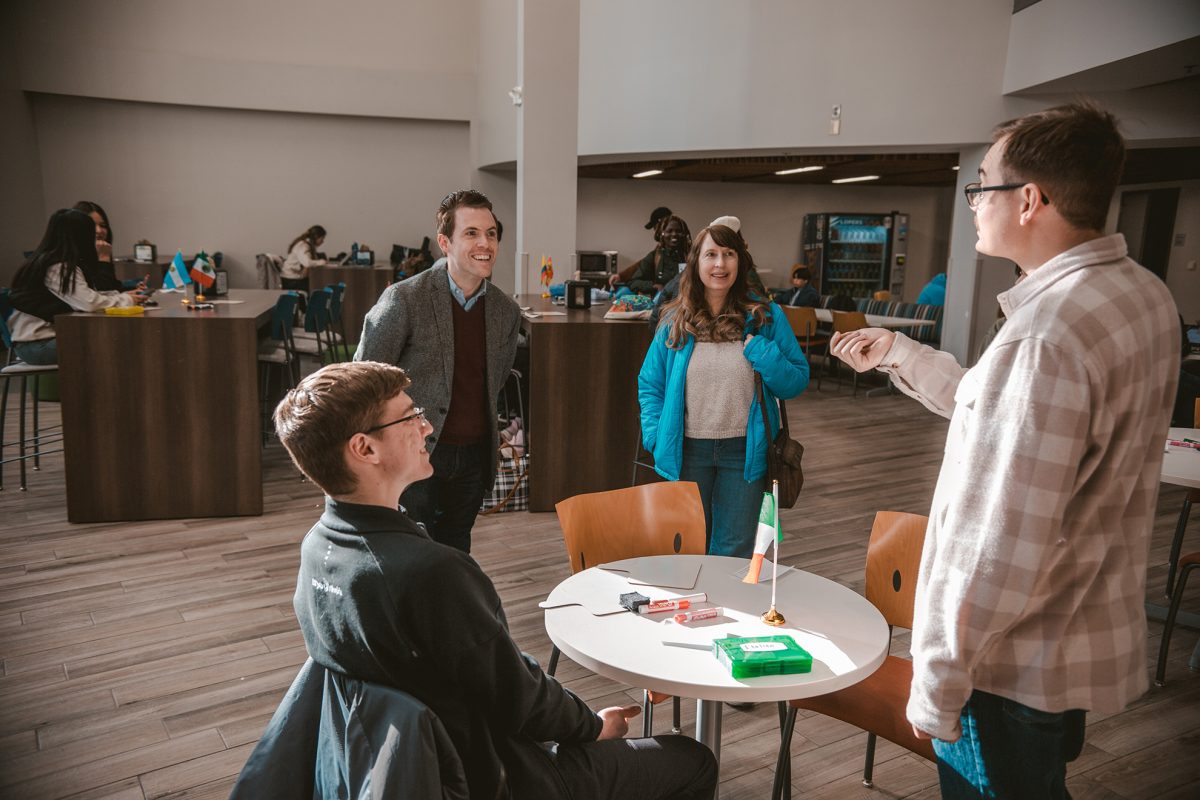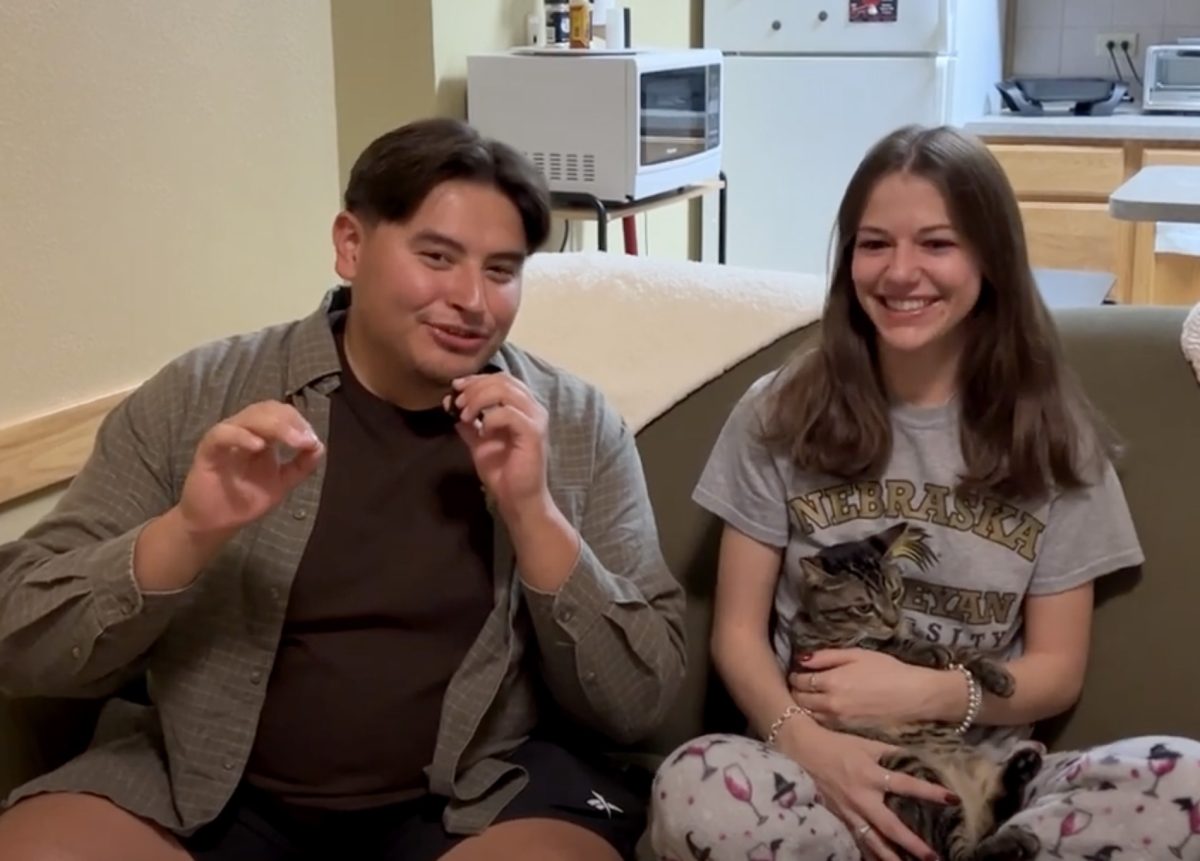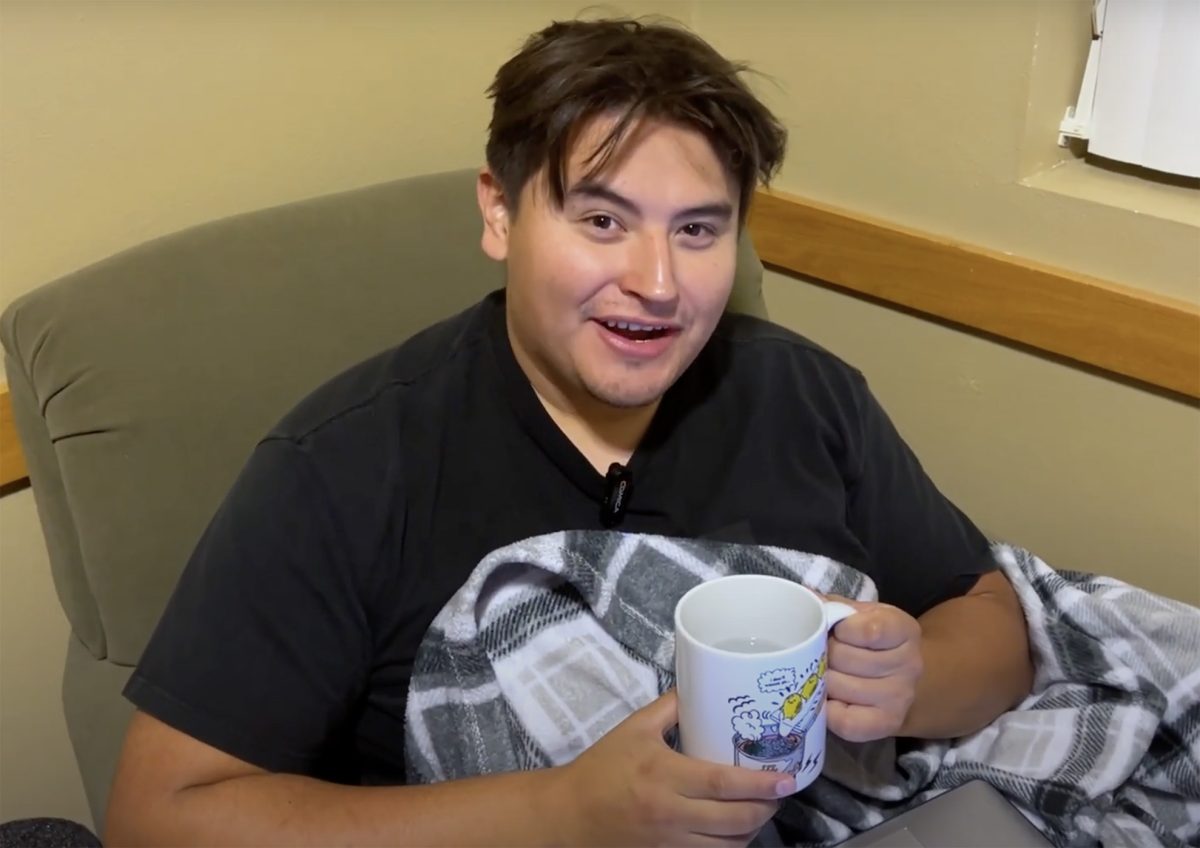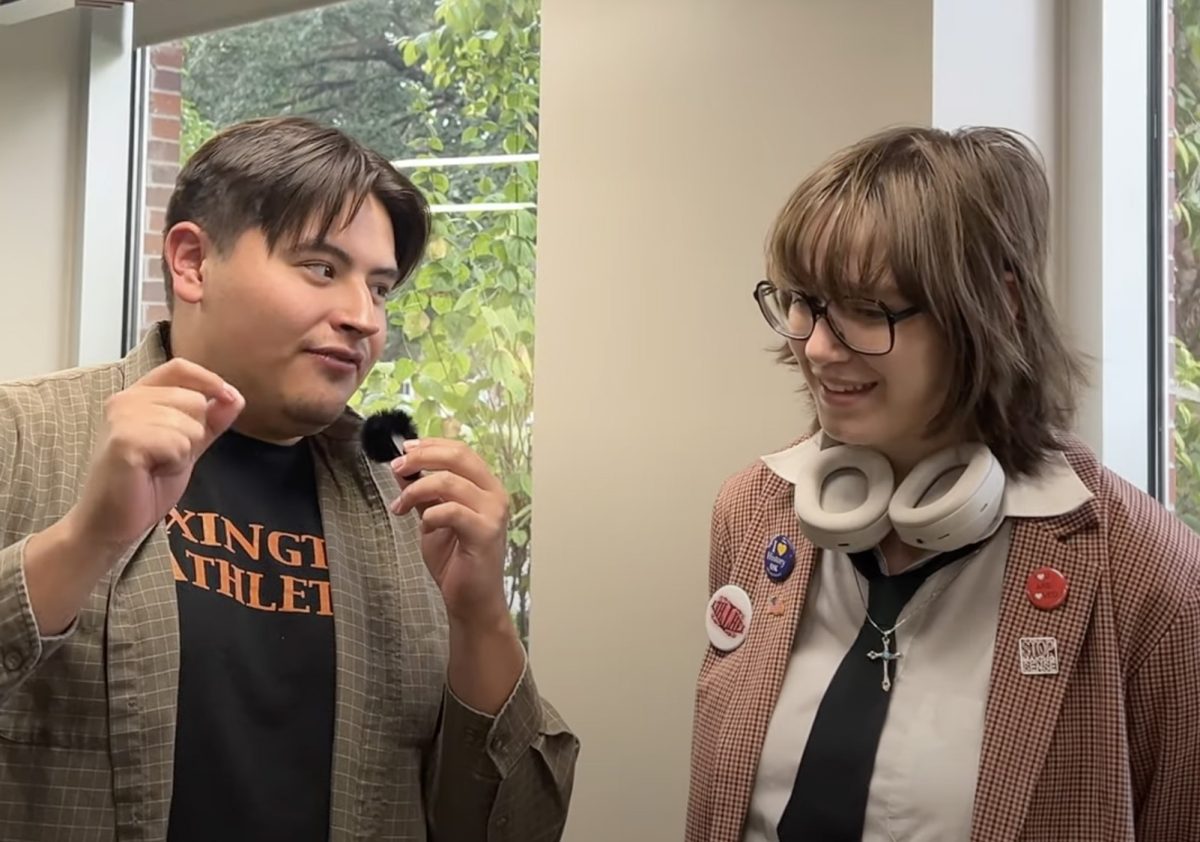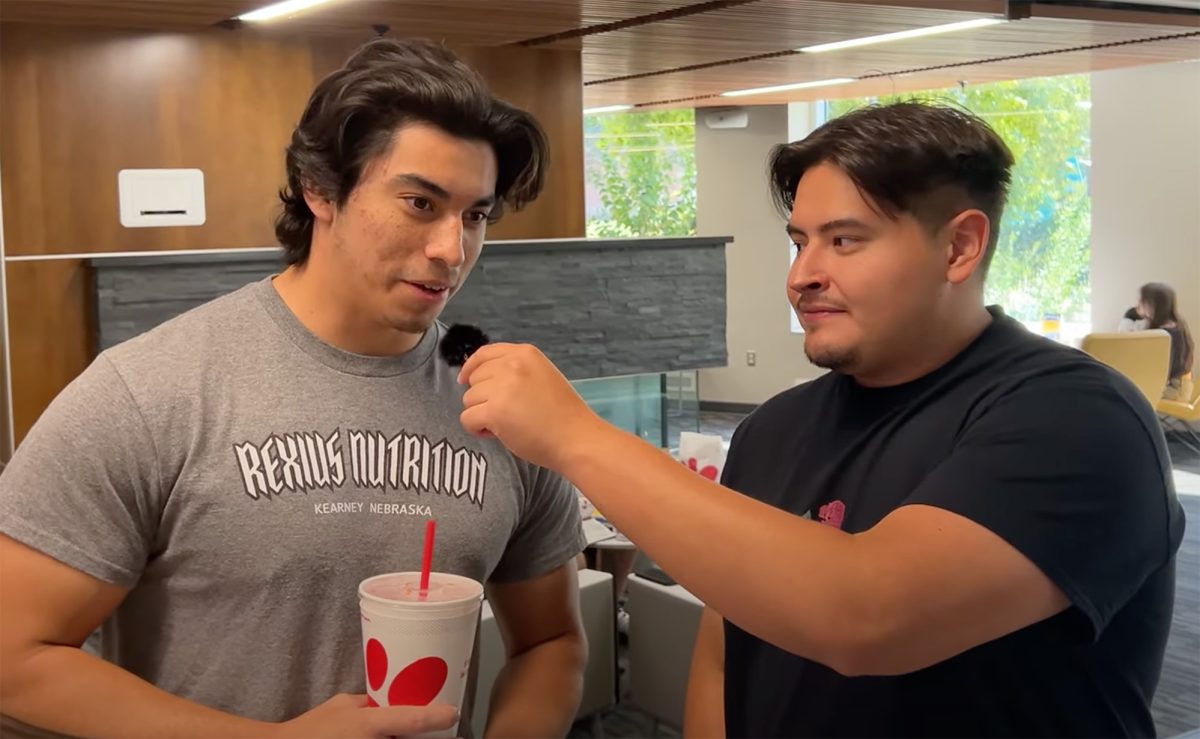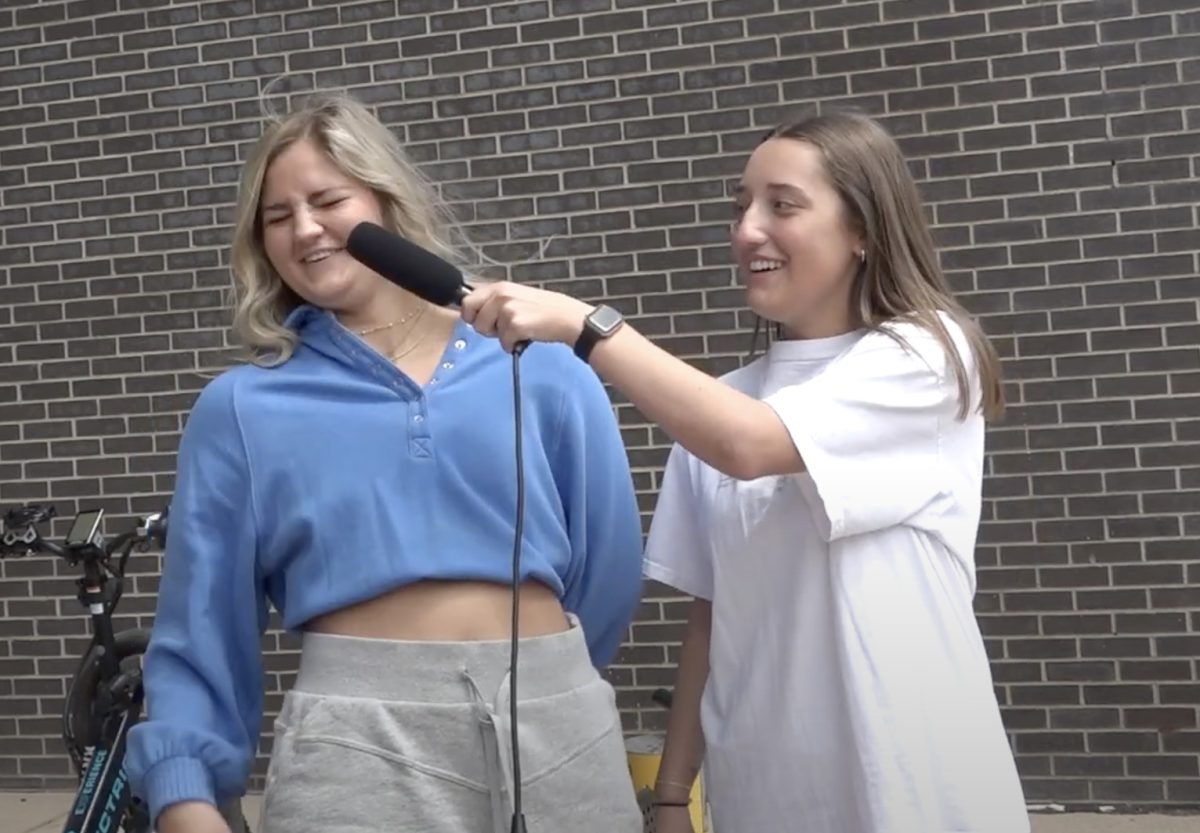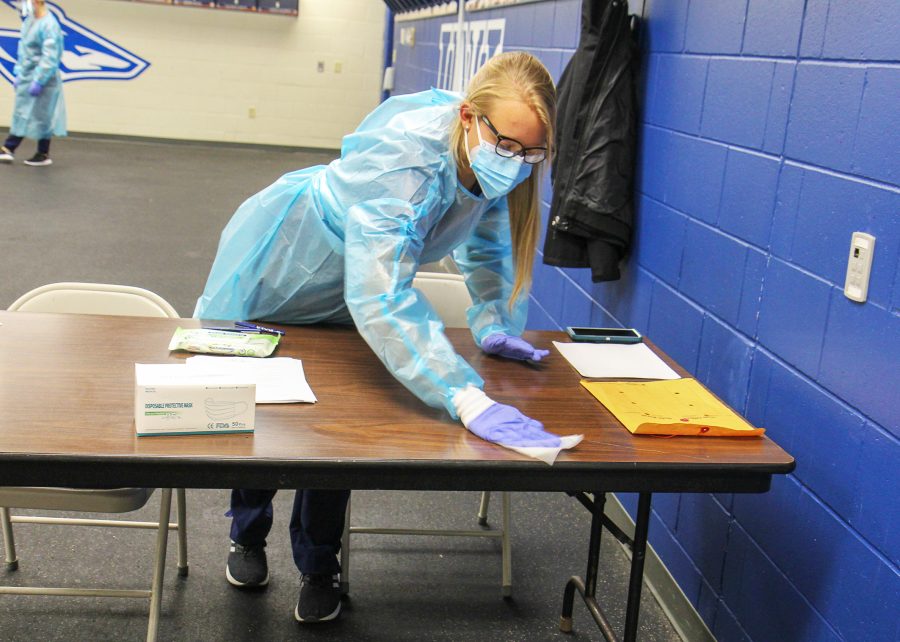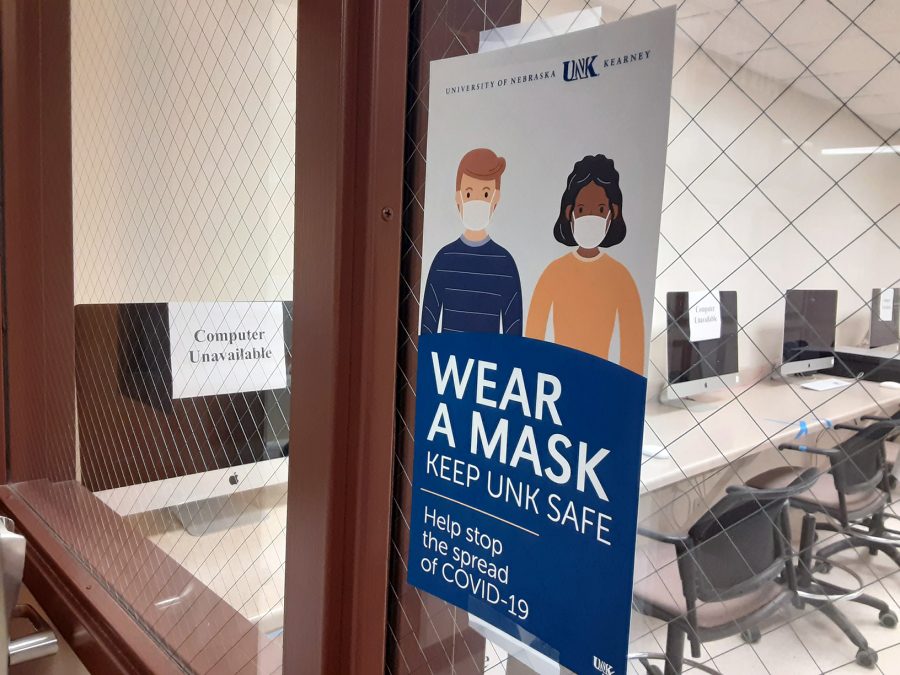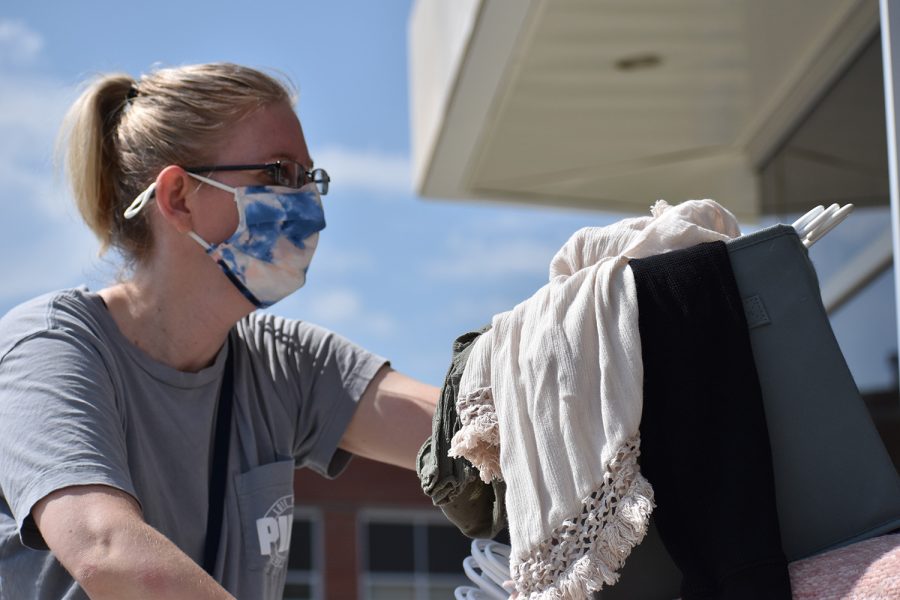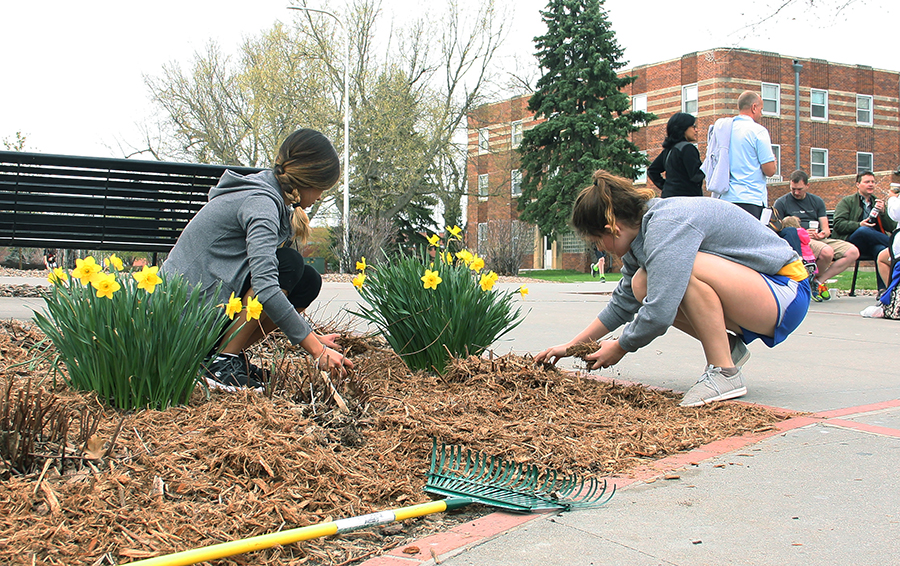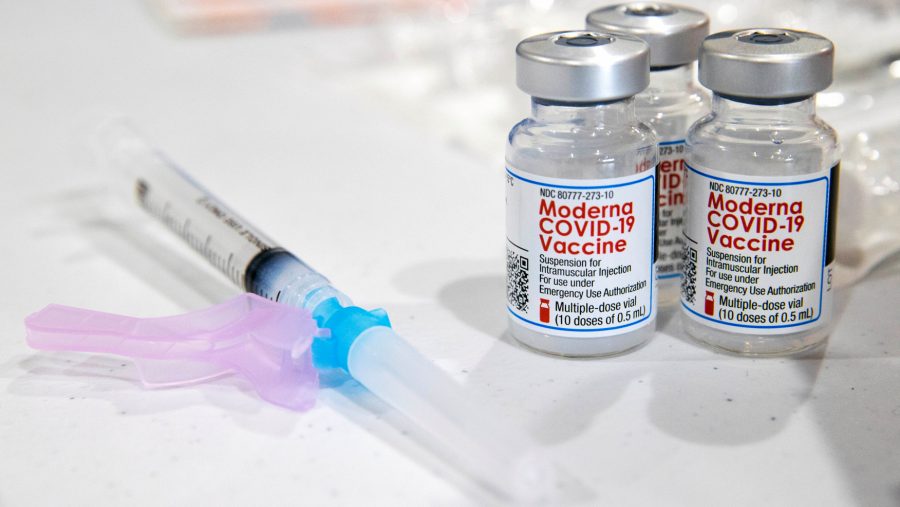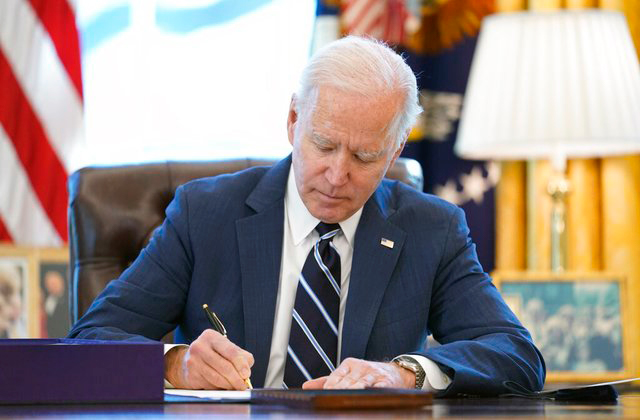liermanm2@lopers.unk.edu
UNK enrollment fell slightly for the 2020 school year amid the coronavirus pandemic, following an eight yearlong downward trend. UNK may be looking to break the curve.
University enrollment leaders said they’re not satisfied despite the steadiness amid the pandemic.
“I’m never happy unless we’re up across the body board,” said Kelly Bartling, vice chancellor of enrollment management and marketing. “But then again, I never dreamt that we would be dealing with a worldwide pandemic. So, you know, in light of the challenges that we faced with the worldwide response to the coronavirus I think all in all that our enrollment is good.”
Bartling notes the pandemic had a “clear impact” on UNK’s enrollment.
A total of 6,225 students enrolled for the 2020 school year, down 0.9% from 2019’s headcount of 6,279 students. The undergraduate population is down 44 students at (1.0%) compared to last year, while the graduate population is down 10 students (0.5%), for 54 fewer students total.
The majority of losses were seen in international student populations. In 2019, students came from 59 countries around the world. This year, that number has dropped to 47. Bartling attributes this primarily due to the pandemic, with students wanting to stay closer to home for safety reasons in addition to travel restrictions between countries.
Further, countries that previously had sizable populations on campus saw a sharp decline as well, with the numbers of South Korean and Japanese students coming in at 33 fewer students (77% decrease) and 34 fewer students (24% decrease) respectively as these demographics saw a loss of about 30 students each. Student enrollment totals from China and Mexico are also down 15 students and 11 students respectively.
The number of first-time, full-time freshmen is 815, down 3.4% from 844 last year. The undergraduate population is down 44 students (1.0%) at 4,385 compared to last year’s 4,429, while the graduate population is down 10 students (0.5%) at 1,840, for 54 fewer students total.
The total number of student credit hours has fallen 1.7% from last year from 67,799 to 66,676 hours. Business & Technology was the only college with a credit hour increase, though the College of Arts and Sciences and College of Education enrollment numbers are up 54 students (2.2%) and 20 students (1.0%) respectively.
The number of sophomores rose by 69 students to 985 from 916, a notable 7.5% increase. This came in part due to improved first-year retention rates as well as an influx of 335 undergraduate transfers. Of these transfers, the majority are full-time students, though part-time student enrollment saw an increase of 10 students (14.9%) at 77 from last year’s 67. The senior class was also up slightly, at 1,258 with 10 more students compared to last year for a 0.8% increase.
It is still unclear how the Nebraska Promise impacted enrollment numbers, though it is clear that it has been a factor in domestic increases.
“It’s difficult to correlate whether the increase in applications necessarily resulted in an increase in enrollments,” Bartling said. “And if it did, was the Nebraska Promise the determining factor that made the students sign up and show up, or was it a combination of other things? What I can tell you is it made a difference: we heard calls, emails, outreach from people saying they were looking at the University of Nebraska again because of the affordability.”
The university may yet explore some untapped domestic sources of students. Students from Kansas and Colorado already enjoy in-state tuition in Nebraska, resulting in these states being leading sources of out-of-state students for UNK. Now, the University of Nebraska system has announced its intent to offer in-state tuition to all U.S. residents through the New Nebraskan scholarship program.
Other factors impacting enrollment may include the two-year tuition freeze announced by Ted Carter earlier this year.
Finding new ways of bringing students to UNK remains a priority for the university.
“Enrollment is something that we’re staying focused on,” Bartling said. “It’s critical to the institution. We’ve had so many productive conversations across campus with students, faculty and staff about ways to increase our enrollment, so there’s a lot of energy about enrollment. It’s only up from here.”

